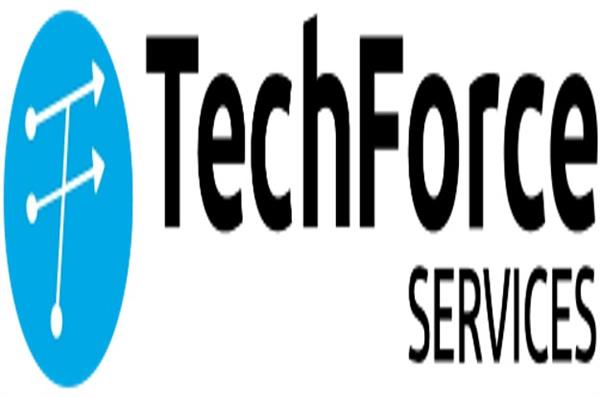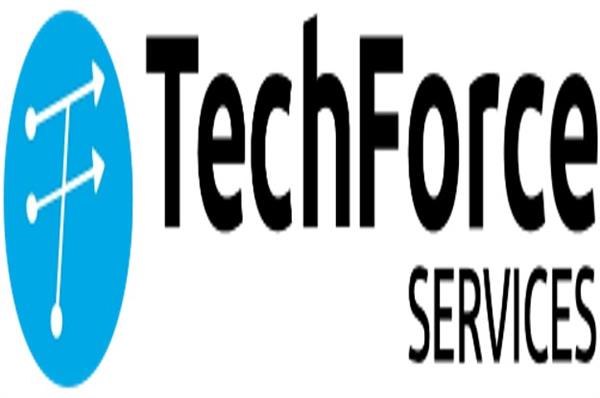Ensuring Data Security in Salesforce
Data security is a paramount concern for educational institutions entrusted with sensitive student information, financial records, and proprietary research data.

This article explores the importance of ensuring data security within Salesforce Education Cloud and provides best practices and considerations for safeguarding sensitive information.
Understanding Data Security in Educational Institutions
Educational institutions handle a vast amount of confidential data, including student records, academic transcripts, financial aid information, and research data. Ensuring the security and privacy of this information is crucial to maintaining compliance with regulatory requirements such as GDPR (General Data Protection Regulation) and FERPA (Family Educational Rights and Privacy Act). Salesforce Education Cloud provides robust security features and compliance controls to protect sensitive data from unauthorized access, breaches, and data loss incidents.
Key Security Features of Salesforce Education Cloud
Salesforce Education Cloud incorporates several key security features and best practices to safeguard data:
- Encryption: Data in transit and at rest within Salesforce Education Cloud is encrypted using strong encryption algorithms, ensuring that sensitive information remains secure even if intercepted.
- Access Controls: Role-based access controls (RBAC) enable administrators to define and enforce granular permissions based on user roles and responsibilities. This restricts access to sensitive data to authorized personnel only.
- Authentication: Multi-factor authentication (MFA) enhances login security by requiring users to verify their identity using multiple factors such as passwords, security tokens, or biometric verification.
- Auditing and Monitoring: Salesforce provides comprehensive auditing and monitoring capabilities that track user activity, changes to data, and system access. Audit logs enable administrators to detect and investigate suspicious behavior or unauthorized access attempts promptly.
- Compliance Certifications: Salesforce Education Cloud adheres to industry-leading compliance certifications, including SOC 2 Type II, ISO 27001, and HIPAA (Health Insurance Portability and Accountability Act), demonstrating commitment to data security and regulatory compliance.
Best Practices for Data Security in Salesforce Education Cloud
Implementing robust data security practices is essential to mitigate risks and protect sensitive information within Salesforce Education Cloud. Consider the following best practices:
1. Data Classification and Governance
Establish a data classification policy to categorize information based on sensitivity and regulatory requirements. Define data retention and disposal policies to ensure that data is retained only for as long as necessary and securely disposed of when no longer needed.
2. User Training and Awareness
Educate users about data security best practices and their responsibilities in safeguarding sensitive information. Provide regular training sessions on topics such as password hygiene, phishing awareness, and recognizing potential security threats.
3. Regular Security Assessments and Audits
Conduct regular security assessments, vulnerability scans, and penetration testing to identify and remediate potential security vulnerabilities within Salesforce Education Cloud. Perform periodic audits of user permissions, data access logs, and system configurations to ensure compliance with security policies.
4. Secure Integration and Third-Party Apps
Exercise caution when integrating third-party applications with Salesforce Education Cloud. Ensure that third-party apps adhere to security best practices and do not compromise the integrity or security of sensitive data. Use Salesforce AppExchange to find trusted and verified applications.
5. Incident Response and Disaster Recovery
Develop and maintain an incident response plan that outlines procedures for responding to data breaches, security incidents, or unauthorized access attempts. Implement regular data backups and a robust disaster recovery strategy to minimize downtime and data loss in the event of a security incident.
Ensuring Regulatory Compliance
Educational institutions must navigate complex regulatory landscapes such as GDPR, FERPA, and other local regulations governing data privacy and security. Salesforce Education Cloud provides tools and features that facilitate compliance with these regulations, including data encryption, access controls, audit trails, and compliance certifications. Institutions should regularly review and update their compliance strategies to align with evolving regulatory requirements and industry standards.
Conclusion
In conclusion, ensuring data security within

is essential for educational institutions committed to protecting sensitive information, maintaining regulatory compliance, and fostering trust among students, faculty, staff, and stakeholders. By leveraging Salesforce's robust security features, implementing best practices for data security, and fostering a culture of security awareness, institutions can mitigate risks and safeguard confidential data effectively. Salesforce Education Cloud not only enhances operational efficiency and academic excellence but also prioritizes data security as a foundational element of its CRM solutions tailored for educational institutions.
As educational landscapes continue to evolve and digital transformation accelerates, institutions must prioritize investments in data security to safeguard sensitive information and uphold their commitment to student privacy and institutional integrity. By adopting a proactive approach to data security within Salesforce Education Cloud, institutions can achieve sustainable growth, enhance stakeholder trust, and maintain a competitive edge in a dynamic educational environment





